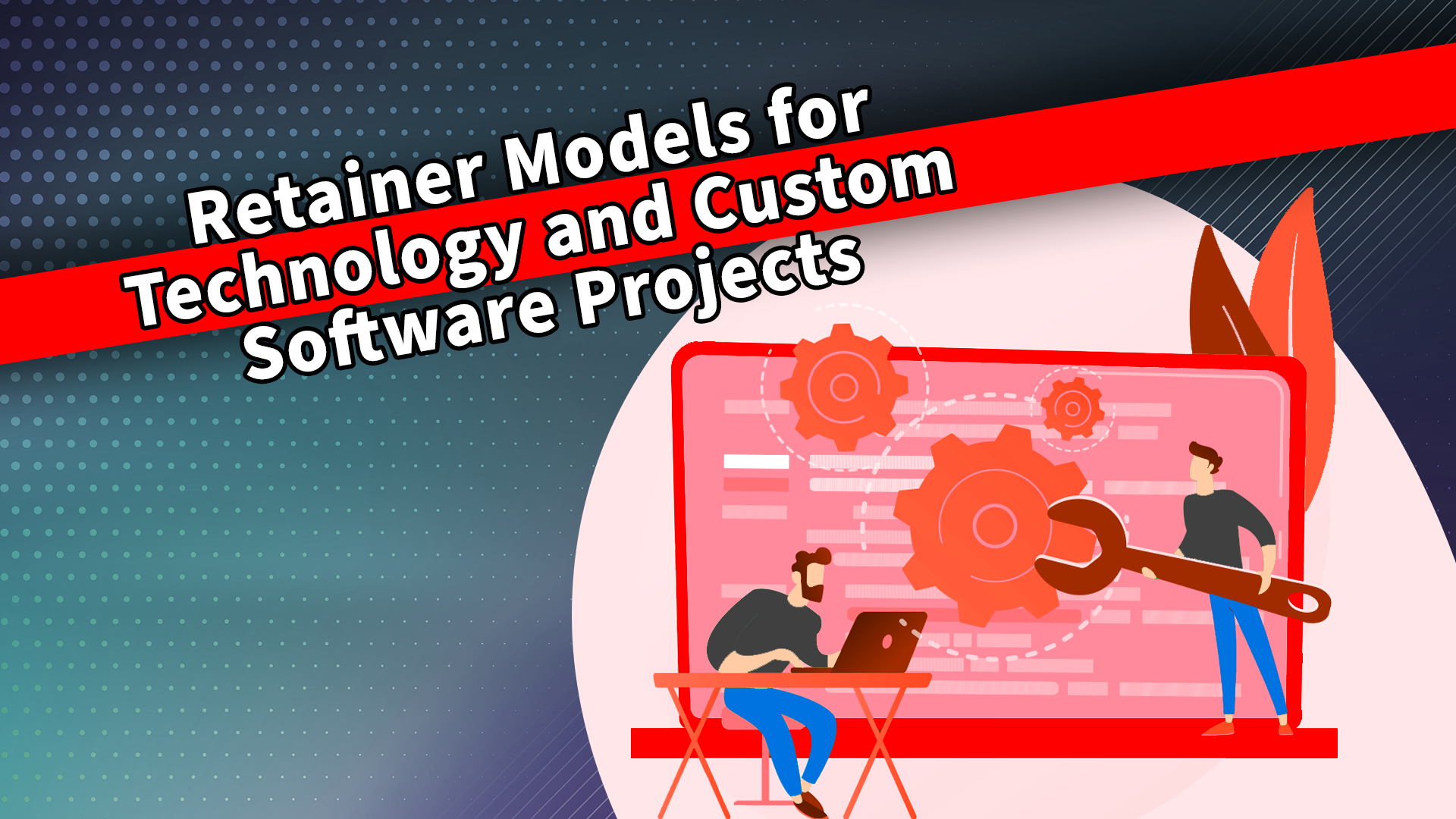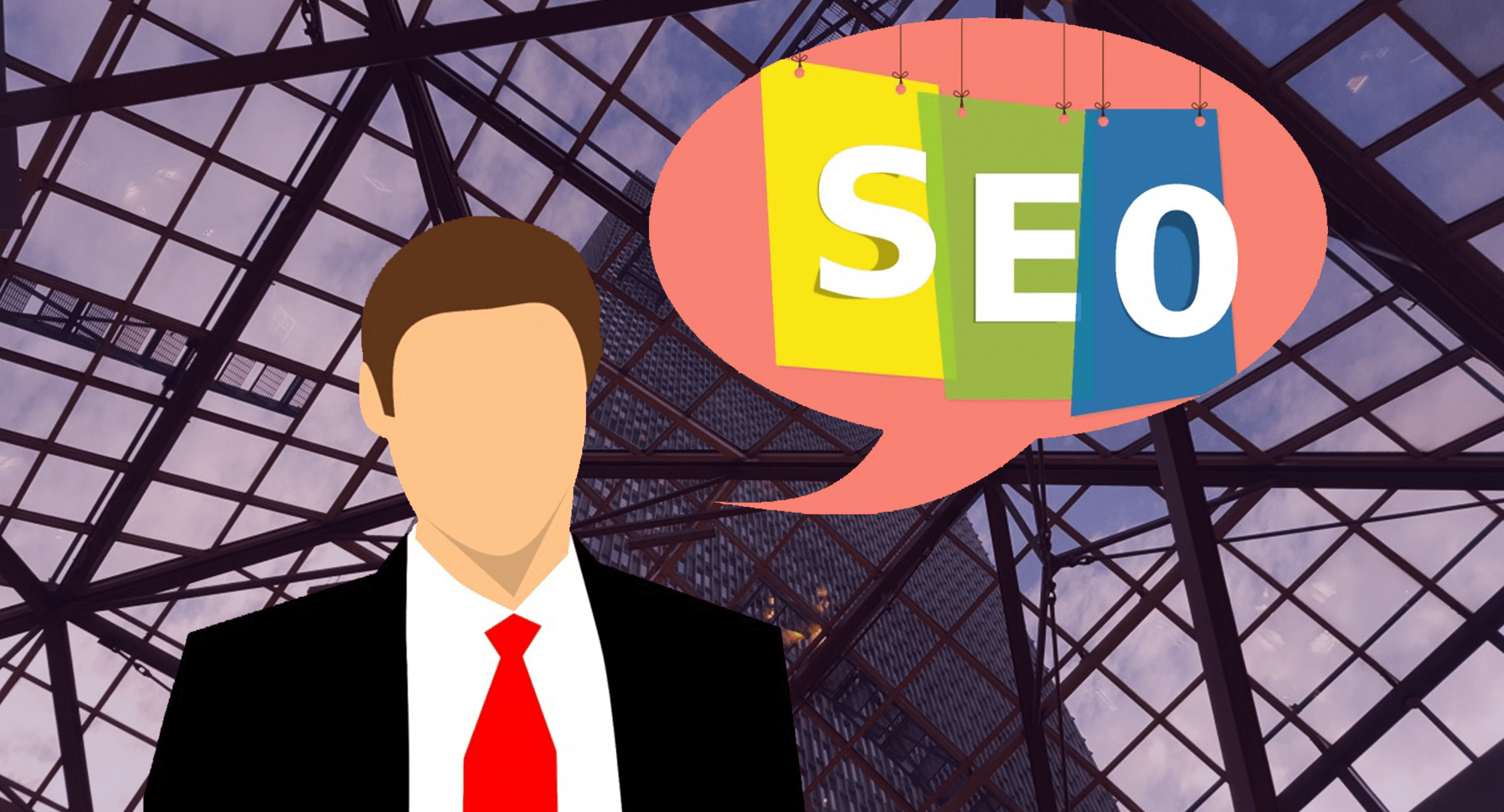Some clients at Optimum7 have a retainer. Every month they’ll pay three to five thousand dollars for a custom software project that needs constant improvement. This is different from an eCommerce site, where you set it up and you don’t need any more support. You’re continuously optimizing a minimum viable product, which you may have built in the past six or twelve months.
Why is it valuable for somebody to work with a software company where you continuously make updates to a specific MVP? What is one example of custom software development that needs updates?
A custom software solution can help Client A manage their entire backend operation. They have a very complex workflow when it comes to not only sourcing the sod but also delivering it. How many pallets per shipment? It gets very complex.
Client A had a broad idea of what they needed to accomplish, but as they started to utilize this technology, they started to find ways that they can better use the upgrades. Then they could tweak it to optimize their workflow. They came to Optimum7; that ongoing retainer model comes into play.
Businesses with very specific models that don’t fit a specific platform need custom solutions. Suppose individual X wants to set up eCommerce websites for different soccer teams and the soccer teams can come in and set up their own visuals. They would want all of these soccer team website orders to flow into one admin panel.
Shopify Plus is one option. Other customizations exist, however. but there are a lot of customizations because you don’t want to go and update one thousand different websites, prices, and products. You have one database for products and images and pricing and inventory. Another database covers customers where you’re going to be able to manage 1000 different stores, let’s say.
These microstructures occur where businesses build their own technologies. In this day and age technology means value. If you have some sort of technology from a net worth standpoint of your business, it’s going to be worth more money because you actually took the time to build that technology.
Some owners may have a specific eCommerce or a B2B business that might need custom flows, custom integrations, or multiple APIs. You know, you’re talking about how much sod you can ship in one truck, proximity, delivery routes, et cetera, et cetera. And we’ve done similar systems like meal delivery systems, where you are running your entire operation in one platform.
There are two ways to build this. The first is to have a statement of work or scope where you execute the scope. A scope, however, never gives you the perfect product. It gives you the minimum viable product. Clients then to make it perfect.
Then the second thing you can do after you get the MVP is you basically keep making improvements to the functionality. And functionality, nowadays, is everything. And talk to us about that because you talk to a lot of clients. We build a lot of functionality and you get a lot of requests for functionality. Some of them are not possible.
Why look at more functionality in future requests for eCommerce and B2B respectively?
Because it’s the future of their business. What they’re trying to do is they’re trying to progress and in order to do that, they need technology. They need functionality. These business owners experience these pain points, and now they’re trying to find a solution. And the reason why this retainer model is actually very effective is that it allows progress. It allows progress before perfection. A lot of these clients who try to perfect this technology or perfect their workflow before launching an MVP, see that they’re not going anywhere. That they’re not perfecting their business. They’re not optimizing their workflow.
So by actually progressing and starting with that MVP, in the long run, they start to see little by little impacts and improvements that then lead to that perfect product down the road.
What about objections to retainer agreements?
Seventy to seventy-five percent of the prospects will be cautious about signing a retainer agreement. They hear that the marketers want several thousand dollars a month, offering to track hours and build a function.
“I want an exact cost because I want to manage my expectations about how much this will cost,” they respond. With technology that’s hard to do.
Talk to us about that.
Suppose a prospect asks, “Why should I trust you? Are you doing the work? How am I going to know that you’re logging the correct hours? We know our systems, tracking hours, and fifty employees.”
What do you say to that prospect?
At the end of the day, marketers have a proven track record. A portfolio of clients does the talking for us. Identifying the end goal is important. The marketers need to outline the journey and destination to progress.
The marketers say, “We’re going to set milestones. Once reached, what is that going to do to your bottom line, as far as efficiency? How will it impact return on investment? If we can get you there, does that mean that you’re able to ship X amount more? Does it mean that your process on your backend will allow you to handle more orders? Whatever purpose the functionality has will always have an impact on your bottom line.”
Showing milestones and a percentage increase by the technology’s efficiency is important. The client becomes more comfortable moving forward. The marketers must understand their business and pain points. They then can ask, “If we implemented this functionality or start implementing this functionality and you start to see the progress within your workflow, what does that mean for your bottom line?”
So if they can answer that. Then the marketers can actually put a dollar amount and say, “This is most likely what your ROI is going to be every milestone of the way.”
Optimum7 has built many of these functionalities on platforms, we’ve done so many integrations. Understanding the technology, functionality, and business is essential. With the tools, the marketers can actually put dollar amounts on the return on investment.
At the end of the day, you have to find the one expert that you trust and you just follow his guidance. Understand this dynamic execution with technology when you’re building a platform or building software. You’re never going to finish it. It’s a dynamic execution.
Partner with a software agency that gets this– infrastructure and technology stacks. They must be able to add these features for you. That differentiates you from the competition because you have better technology, features, functionality, and usability.





